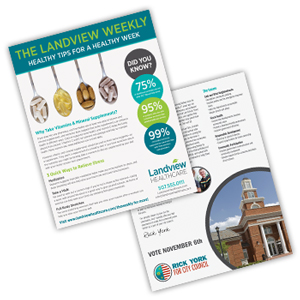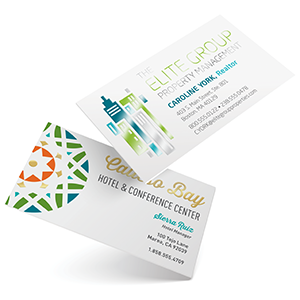Take a deep breath. Tax season is over and you can take a moment to relax. Breathe a sigh of relief. Have a cup of coffee.
And now that you’ve had your moment, it’s time to start preparing for next year.
As much as you are probably glad that tax season is over for the year, it’s a great idea for you to start thinking about how to make next year’s tax season come together with ease. Here are our 3 tips for things that you can do now to make the next tax season go smoothly.
1. Start Preparing Now
Remember that bit of panic that started when you started your taxes for the year? Get ahead of that stress by starting early. Keep your paperwork organized in a way that will make it easy to use when tax season comes around. Update your spreadsheets periodically. And, when tax season comes up, get your paperwork done with plenty of time to spare. Not only will preparing early allow you to get your taxes done quicker, but it will also give you extra time to handle unexpected questions that might come up.
And speaking of that preparation…
2. What Stressed You Out This Year? Take Note of it For Next Year
This is probably the simplest way to make next spring go more smoothly for your tax preparation process: if anything caused you additional stress this year, that’s the first thing you should try to improve for next year. Did you have to track down a number of digital invoices last minute, for example? Consider printing those invoices to file with physical documents or keep them on file in a designated folder. If you can create better habits throughout the year, you can decrease your stress for all future tax seasons.
3. Stay Up-To-Date on Tax Law Changes
Tax law is always changing, and it’s much easier to read up on the legal changes once every month than it is to try to catch up come 2020. Do your best to stay up do date on any changes to tax law that might be relevant to your business and you won’t be blindsided come tax season.
Do you have tips for other things that business owners can do to get ahead of next year’s tax season? We’d love to see you join the conversation in the comments below.
 When your customer is creating an informational flyer, a sales sheet for meetings, or a company newsletter, it’s important that their design guides readers through the information and makes it easy—and enticing—to take the next step. If they come to you for guidance on designing their sales sheets, it’s important that you know how to make their sales sheet effective. Here are our tips for designing a better
When your customer is creating an informational flyer, a sales sheet for meetings, or a company newsletter, it’s important that their design guides readers through the information and makes it easy—and enticing—to take the next step. If they come to you for guidance on designing their sales sheets, it’s important that you know how to make their sales sheet effective. Here are our tips for designing a better  When you carve out time in your busy schedule to hold a meeting, you want to make sure you use your time effectively and make the most of your time together. However, if you aren’t communicating well, you might be ruining your meetings. Are you making these mistakes—and do you know how to keep them from ruining your meetings?
When you carve out time in your busy schedule to hold a meeting, you want to make sure you use your time effectively and make the most of your time together. However, if you aren’t communicating well, you might be ruining your meetings. Are you making these mistakes—and do you know how to keep them from ruining your meetings? Whether you are looking for a way to connect with new customers or you’re hoping to have a good conversation with other professionals, a networking event could be a great way to create those new connections. However, these events are what you make them, and creating a quality connection is as much about your skills at networking as it is about the event. Here are four networking tips you must know.
Whether you are looking for a way to connect with new customers or you’re hoping to have a good conversation with other professionals, a networking event could be a great way to create those new connections. However, these events are what you make them, and creating a quality connection is as much about your skills at networking as it is about the event. Here are four networking tips you must know. Are your customers looking for a way to add polish to their business cards to make a more memorable first impression? Do they want to make their announcements for an upcoming event extra-special? Do they want the postcard for their next mailing to be truly showstopping?
Are your customers looking for a way to add polish to their business cards to make a more memorable first impression? Do they want to make their announcements for an upcoming event extra-special? Do they want the postcard for their next mailing to be truly showstopping?